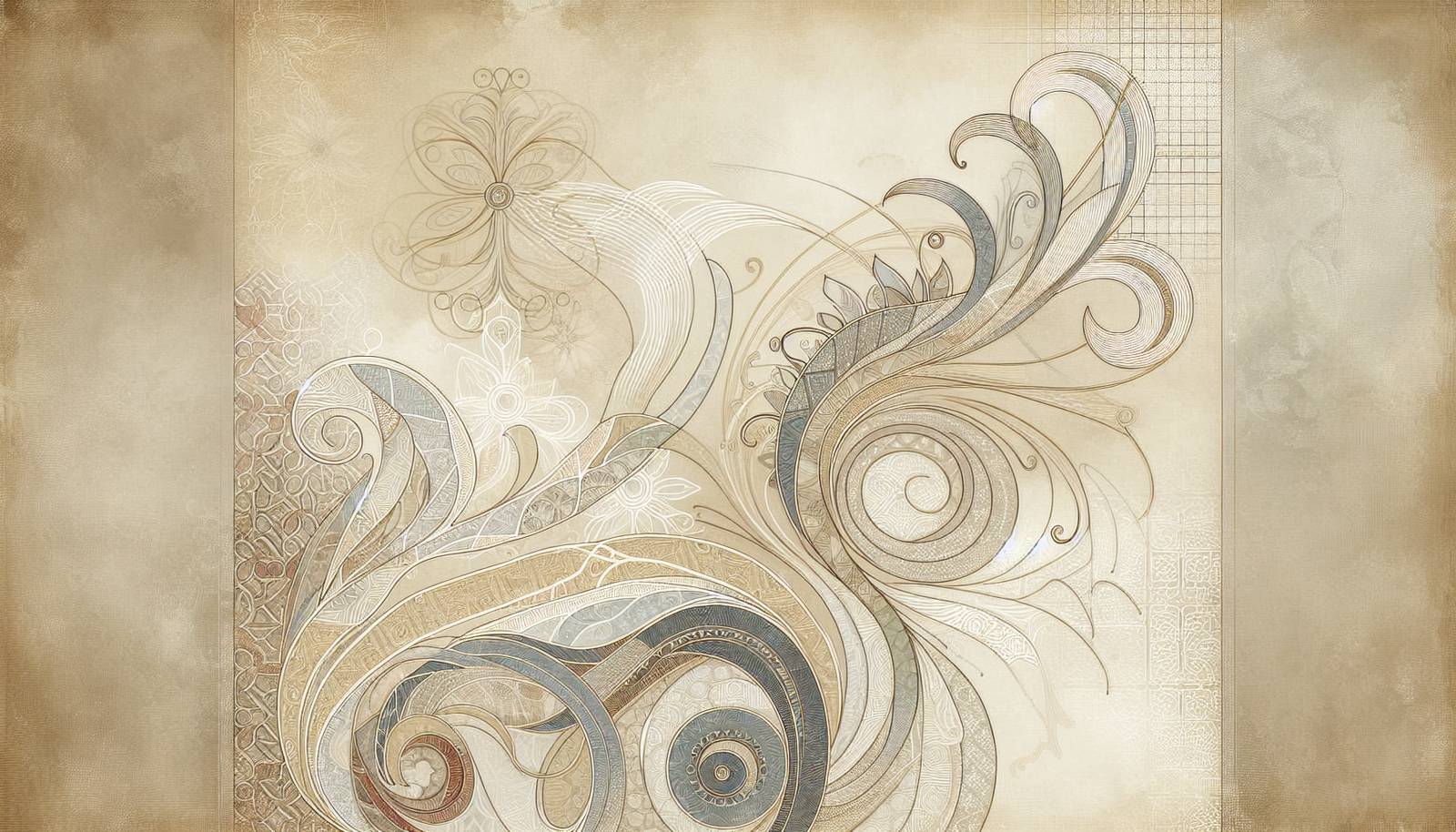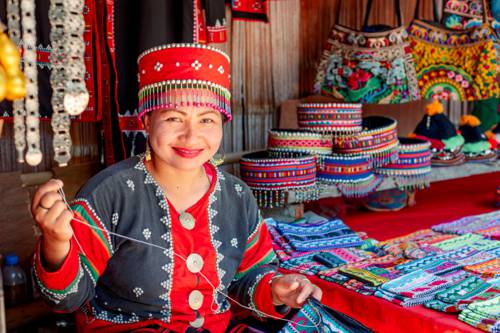
FAQ About The Influence of Traditional Crafts in Contemporary Design

What is the significance of traditional crafts in contemporary design?
Traditional crafts hold significant value in contemporary design by bringing a sense of authenticity, cultural heritage, and uniqueness to modern products. They often emphasize manual skills, local materials, and traditional techniques, which add depth and cultural narratives to contemporary design works. By integrating these elements, designers can create products that resonate with consumers on a more personal and emotional level.

How do traditional crafts influence sustainability in modern design?
Traditional crafts contribute to sustainability in modern design through the use of eco-friendly materials, low-waste production methods, and durable design principles. Many artisanal techniques prioritize natural materials that are locally sourced, reducing transportation emissions and promoting material sustainability. Additionally, handcrafted processes typically consume less energy compared to industrial manufacturing, leading to a smaller carbon footprint.

Which cultures are most known for integrating traditional crafts into contemporary design?
Many cultures worldwide are known for integrating traditional crafts into contemporary design, including Japan, with its minimalistic approach and use of ancient techniques like weaving and pottery; India, renowned for its rich textiles and embroidery; and Scandinavian countries, where a blend of traditional woodcraft and modern simplicity is prevalent. Each of these cultures maintains strong artisanal traditions that contemporary designers draw from to create innovative yet culturally grounded designs.

Can you give examples of traditional crafts used in modern design projects?
Examples of traditional crafts in modern design include Japanese sashiko stitching techniques used in fashion and home textiles, Moroccan Berber rug designs incorporated into contemporary interiors, and the use of traditional Indian block printing on modern apparel. These projects not only preserve cultural heritage but also offer fresh perspectives and appeal in today’s design markets.

What role do artisans play in the intersection of traditional crafts and contemporary design?
Artisans play a crucial role at the intersection of traditional crafts and contemporary design by preserving and passing on ancestral techniques and knowledge. They collaborate with modern designers to adapt these traditional methods for new contexts and applications, ensuring authenticity and quality. This collaboration expands the reach of traditional crafts while offering artisans new avenues for creativity and economic opportunity.

Why are consumers attracted to products that incorporate traditional crafts?
Consumers are often drawn to products incorporating traditional crafts due to their authenticity, uniqueness, and the story behind them. These products often reflect a higher craftsmanship quality and personalized touch that mass-produced goods lack. Additionally, purchasing such products can engender a sense of supporting cultural preservation and sustainable practices, aligning with consumers’ ethical and environmental values.

How do designers ensure the preservation of cultural heritage while modernizing traditional crafts?
Designers ensure the preservation of cultural heritage while modernizing traditional crafts by collaborating closely with artisans, respecting original techniques and materials, and maintaining the cultural narratives integral to these crafts. They aim for an ethical approach that honors and accurately represents the source culture, which involves transparent communication and fair compensation for the artisans involved.

What challenges are faced when integrating traditional crafts into modern design?
Challenges include balancing authenticity with innovation, ensuring cultural sensitivity, and overcoming logistical issues such as sourcing materials or scaling production. Designers must navigate these while maintaining the integrity and heritage of the traditional crafts. Additionally, they need to educate consumers about the value and origins of these crafts to build appreciation and market demand.

How does technology impact the integration of traditional crafts in contemporary design?
Technology impacts the integration of traditional crafts by enhancing production efficiency, allowing for new design possibilities, and facilitating global collaboration and distribution. Advanced tools and software can assist artisans in refining their techniques and scaling their craft without sacrificing quality. Furthermore, e-commerce platforms provide wider market access, helping traditional crafts reach international audiences.

Are there specific contemporary design trends that highlight traditional crafts?
Yes, specific contemporary design trends like the slow design movement, minimalism, and eco-friendly design heavily highlight traditional crafts. These trends emphasize quality over quantity, sustainability, and authentic design stories. Consequently, products that use traditional craftsmanship techniques are often seen as premium, supporting these broader design philosophies.

What impact does incorporating traditional crafts have on the economic aspects of design?
Incorporating traditional crafts can positively impact the economic aspects of design by creating new jobs, supporting local economies, and fostering small-scale production businesses. It can also lead to premium pricing due to the unique and handcrafted nature of these products, presenting opportunities for both artisans and businesses to thrive financially by meeting consumer demand for high-quality, distinctive goods.

How does the revival of traditional crafts affect cultural preservation?
The revival of traditional crafts significantly aids cultural preservation by keeping age-old techniques alive and relevant. This practice helps sustain cultural identities and history, as reviving these crafts often involves documenting and teaching these skills to newer generations. It also fosters pride and recognition within communities about their cultural contributions to the global design landscape.

Can traditional crafts and modern design coexist without compromising quality?
Yes, traditional crafts and modern design can coexist without compromising quality when there is mutual respect and understanding between artisans and designers. By valuing craftsmanship and the heritage it represents, designs can be innovatively adapted to meet contemporary needs without losing their authentic appeal. Strong collaboration ensures that both classic quality and modern aesthetics are maintained.

What materials are commonly used in traditional crafts that are now popular in contemporary design?
Materials like bamboo, wool, cotton, leather, clay, and wood, which have been staples in traditional crafts, are now widely used in contemporary design. These materials are prized for their natural qualities, sustainability, and versatility, allowing designers to create modern interpretations that align with both traditional and current environmental values.

How does globalization influence the use of traditional crafts in modern design?
Globalization influences the use of traditional crafts in modern design by facilitating cross-cultural exchange and increased access to diverse materials and techniques. It allows designers from different backgrounds to collaborate, blend cultural trademarks with international trends, and expose global markets to traditional crafts. However, it also poses challenges like cultural appropriation and market homogenization, which require sensitivity and respect when integrating traditional crafts.

What educational opportunities exist for learning about traditional crafts in design?
Numerous educational opportunities exist, including workshops, courses, apprenticeships with artisans, and university programs that focus on craft and design. These platforms provide hands-on experience and theoretical knowledge about the history, techniques, and cultural significance of traditional crafts, preparing students to innovate within and beyond these rich traditions.

How do traditional crafts contribute to the uniqueness of contemporary design projects?
Traditional crafts contribute to the uniqueness of contemporary design projects by infusing them with distinctive cultural elements and aesthetic principles that are hard to replicate through mass production. The intricacies and personal touches inherent in handcrafted items make each piece unique, appealing to consumers looking for originality and personal connection in design products.

What are the ethical considerations when using traditional crafts in modern design?
Ethical considerations include respecting the source culture, ensuring fair compensation for artisans, and providing proper acknowledgment and credit. Designers should aim to prevent cultural appropriation by being mindful of the significance of traditional motifs and methods. Establishing genuine partnerships with artisan communities helps maintain cultural integrity and supports sustainable creative exchanges.

Why is it important to integrate traditional crafts into contemporary design education?
Integrating traditional crafts into contemporary design education is important because it grounds students in the cultural and historical contexts of design, teaching them to value craftsmanship and creativity from diverse perspectives. It encourages innovation that honors tradition while preparing future designers to be more culturally and socially responsive in their practices.

What are the potential future trends in integrating traditional crafts with modern design?
Potential future trends include increased use of digital technology to enhance traditional techniques, a growing interest in sustainability and ethical craftsmanship, and the rise of personalized and customizable designs influenced by artisanal methods. As consumers continue to value uniqueness and authenticity, designers will likely explore even deeper integrations of craft and technology, creating innovative solutions that respect heritage and embrace modern aesthetics.
